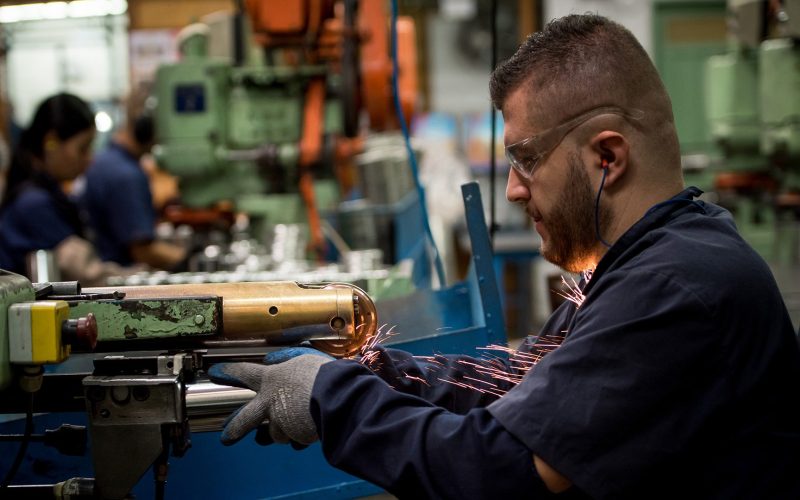THE VOICE FOR THE ENERGY CONSUMER

Mike Butler, CEA Mid-Atlantic Executive Director, reviews the benefits shale gas has brought to residents across Pennsylvania. Any suggestion that the shale gas industry is under-taxed is false. According to.

There are few more gratifying moments than viewing your bank account online and seeing that you’ve just been paid. For most people, payday comes on or around the 1st and.

For the most part, when I open my bills in the mail, I know what to expect. Yeah, I know some people like the electronic copy of their bills, but.

The fantasy of being self-employed can be alluring. Setting your hours and creating opportunities for a larger paycheck, which is ultimately derived from your hard work, can be a great.

Last year, CEA released a report entitled, “Pipelines and their Benefits to New York,” which found New Yorkers were subjected to spot market prices for natural gas that were $137.

CEA’s Michael Zehr discussed the consumer impact of the Green New Deal with households across the country requiring over $244 billion just to replace appliances to meet the Green New.

As New England prepares for another polar vortex, politically expedient policies that focus more on the wishes of extreme activists and not on the needs of families has continued to.

CEA’s Brydon Ross commented on the importance of the recently introduced bill in the Kentucky Senate designed to support the expansion of solar energy without shifting costs on those unable.

With increasing support for an Appalachian Basin Storage Hub taking root, extreme activists are working to discredit the need for plastics, choosing to ignore the fact our advances in environmental.

CEA’s Makayla Buchanan discusses how some lawmakers stance against seismic testing is shortsighted, harming families and businesses across Georgia. Tax revenue generated by offshore production could also help fund beatification.